Dear Boss,
I’m wondering if it’s possible to install a speedometer on the Kawasaki KFX700? If so, how would you go about doing that? Thanks.
Paul Bassani
Colorado Springs, CO
ADDING A SPEEDO TO OLDER ATVs
On the surface your question is simple, but if you take a deep dive into all the equipment available that can read your speed, you had better pack a lunch, son! So, let’s start off with the simplest speedometer—the bicycle speedometer. Back in the day before speedometers were standard equipment on ATVs, the Sigma Sport or the Cateye digital speedometer was the go-to unit.
They hooked up just like almost every speedometer today, utilizing a Hall Effect magnet attached to some rotating part like a wheel or axle as the trigger and a pickup that reads how many times the magnet passes the sensor. Then the display calculates the speed based on a calculation that you input.
Today, you can use a GPS to get an accurate reading and adjust the display accordingly. But if you really want to know how we did it manually, fasten your seat belts!
Place the ATV on a flat concrete surface. Place a yardstick next to the tire and measure the tallest point by sighting across, parallel to the ground, from the yardstick to the center of the tire.
Take this measurement and multiply by 25.4 to convert to millimeters. Multiply this figure by 3.14 (π), which will give you the distance traveled by one tire revolution. Round to the nearest whole number. This figure can either be used as-is for km/h or round to the near- est 10 and drop the right most figure (which converts to centimeters) and use this if that is what is required by your brand of the speedometer.
If your speedometer requires you to convert the calibration figure for mph, divide the calibration figure by 1.61. Plug this figure into the display per your speedometer’s instructions. Then be aware that ATV tires grow at speed. A 3-percent growth is not unusual at 60 mph, which means your display will be 3-percent slower at 60 mph.
Then be aware that ATV tires grow at speed. A 3-percent growth is not unusual at 60 mph, which means your display will be 3-percent slower at 60 mph.
ADDING A SPEEDO TO OLDER ATVs
You can compensate for this by setting your speedometer to be accurate at a different speed than 0 mph. A good compromise is 30 mph. So, you would increase the tire size by 1.5 percent and recalculate. For bicycle speedometers, look here: https://www.amazon. com/best-sellers-sports-outdoors-cycling-computers/zgbs/sporting-goods/ 3403321. Whew!
Okay, now back to the present. You can purchase just a speedometer/odometer, or that plus various sensors for battery voltage, temperature, etc. All the way up to a full-blown GPS with trail maps!
For the display itself, you can go with a modern rectangle display or old school with a round motorcycle style. Trail Tech is probably the most recognizable name in digital displays here: https:// www. trailtech.net/amfinder/?find= kawasaki-2009-kfx700-374001.
trailtech.net/amfinder/?find= kawasaki-2009-kfx700-374001.
They have various levels of features depending on how much information you desire. Another name in digital displays is Acewell, as seen here: http://www.acewell-meter.com/ portfolio/. And, if all of these features are a bit too much, there is the back-to-basics Koso XR-01S here: https:// www.powersportsid.com/koso/xr-01s- speedometer-mpn-bb026001.html? singleid=1599912405. So, how was lunch?
Boss McKannick is the shop foreman here at Dirt Wheels. His main job is to answer questions you may have with your ATV or UTV. Any problem you may be having with your machine, Boss is most likely the one who knows how to fix it.
ADDING A SPEEDO TO OLDER ATVs
To get his help all you have to do is email your questions to [email protected]
To subscribe to Dirt Wheels Magazine in print or digital form click here https://hi-torque. com/product/dirtwheels
.
com/product/dirtwheels
.
.
Brian Jones
Car Titles, Here's How, Title Replacement
Brian Jones
Car Titles, Here's How, Title Replacement
It’s not unusual for a person to notice that the odometer reading on their car title isn’t right. This could be the result of previous odometer tampering, but it’s most likely a simple error that was overlooked. Either way, you’ll want to know how to correct the mileage on a car title so you can get as much money as possible when it comes time to sell it again. And the answer isn’t to cross it out – that will void the title!
Source
Let’s get the answer out there quickly. If you notice something wrong on your car title, you want to get it fixed as soon as possible. From our end, the trouble with giving you step-by-step instructions is that each state takes these corrections differently. When in doubt, check with your local DMV to confirm their process for replacing a car title – the process is different in every state.
If you notice something wrong on your car title, you want to get it fixed as soon as possible. From our end, the trouble with giving you step-by-step instructions is that each state takes these corrections differently. When in doubt, check with your local DMV to confirm their process for replacing a car title – the process is different in every state.
Only very specific title issues can be fixed without asking the DMV to process a brand-new title.
The majority of states use the same process. This requires you to lightly cross out the error and then fill out the appropriate paperwork to have your title amended with the information you provide. In some states, the DMV has to complete the crossing out in person with you present. You might also need to pay a fee for the processing. Whatever you do, make sure you NEVER correct a car title by:
Marking out information
Attempting to erase it
Using correction tape or fluid
These actions will void your title entirely and cause you to definitely need a duplicate title. Take your title to the DMV to have the error fixed.
Take your title to the DMV to have the error fixed.
Yes! Some states don’t require an odometer reading on the title if the vehicle is older than a certain number of years. In this situation, the title likely says something along the lines of “EXEMPT” somewhere near the mileage statement or the mileage just says 0.
When you aren’t required to change the mileage, you might feel that leaving it alone is best. That’s a judgment call you will have to make for yourself.
Source
There are several reasons you might see odometer discrepancies on the title. Chances are it’s one of these two reasons.
GuessingA common cause of incorrect mileage on a title is because of sheer guesswork. Many people don’t take the time to actually look at their odometer when they record the number on their title.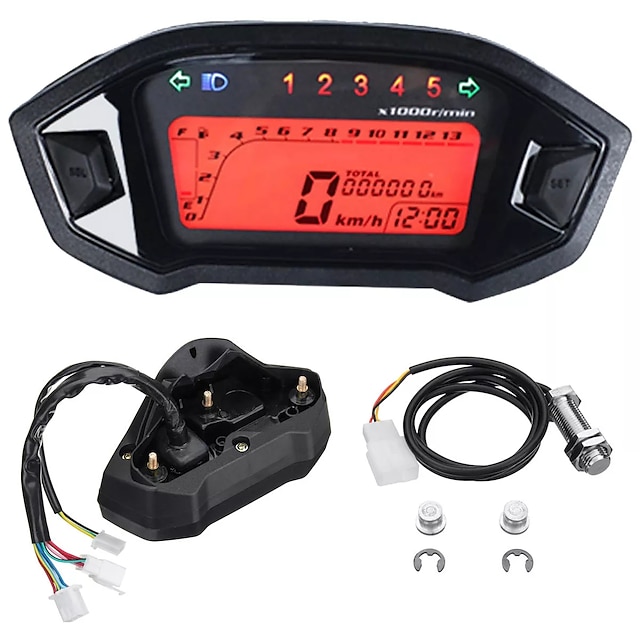
It’s vital that you record the mileage properly before you fill out your title. This is one of the biggest impacts on your sale price, and if you’re off by a lot it could easily get you accused of odometer fraud. You could notice a discrepancy by running a detailed Vehicle History Report on a vehicle you intend to buy.
Odometer fraudIn some cases, the mileage might be off because of odometer tampering. Odometer fraud is still possible even in the age of electronic odometers, which will commonly display an asterisk that displays after tampering has been detected.
This typically occurs when the seller manipulates the odometer or records it inaccurately to trick a buyer into paying extra. Unfortunately, odometer fraud is more common than you might think. Evidence of prior odometer fraud would show up on a History Report as well.
Here are some steps to protect yourself from odometer fraud:
Make sure you compare the mileage on the title and the History Report with the mileage on the odometer. If you spot any discrepancy, especially if the title’s mileage is higher than the others, ask the seller to explain it.
If you spot any discrepancy, especially if the title’s mileage is higher than the others, ask the seller to explain it.
Ask for some physical maintenance records or inspection records collected by the seller. You can compare mileage recordings from those with the vehicle as well.
Look for warning signs that the car is older than you are told, like excessive rust or worn rubber bits.
Source
As you search for your next used car, there are some telltale signs that odometer tampering has occurred. Look for these and you’ll be a savvy shopper and you won’t have to attempt to correct the mileage on a car title later.
Average mileageThe average mileage on a vehicle is 12,000 miles per year. While this number can vary slightly, you want to have your guard up on anything that claims to be much lower than that.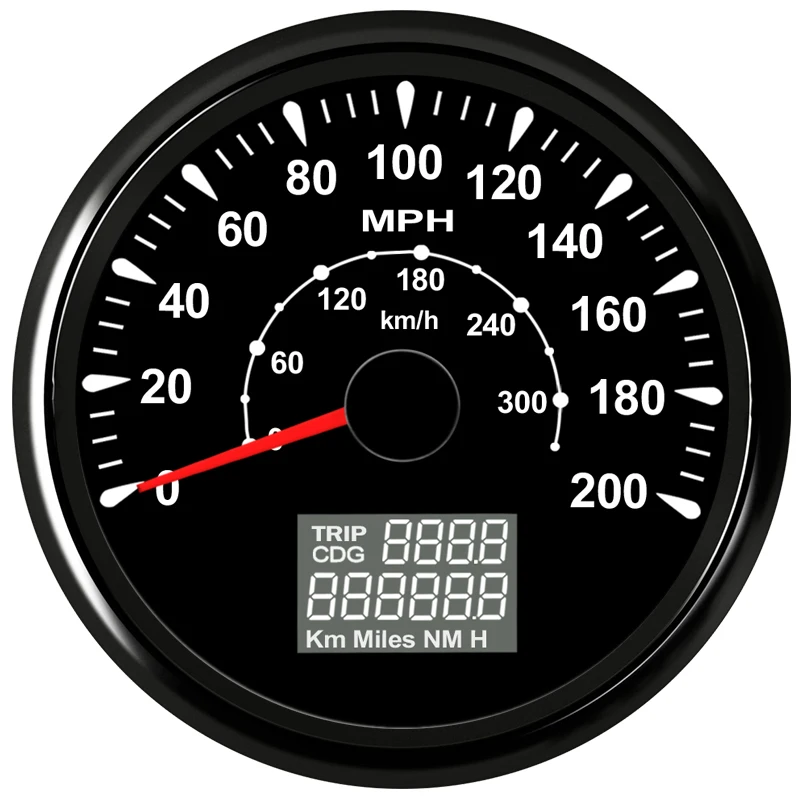 Ask lots of questions and see if you can determine the true reason the car doesn’t have a lot of miles. If in doubt, walk away from the sale.
Ask lots of questions and see if you can determine the true reason the car doesn’t have a lot of miles. If in doubt, walk away from the sale.
A typical set of tires should last up to 60,000 miles. If you are looking at a vehicle with fewer miles that has all new tires, you might want to question why. Sometimes, this indicates that the car is actually older than you thought.
Look at the titleSometimes people are afraid to ask to see the title before money changes hands. Don’t be. You have every right to inspect this before making a purchase – not just for odometer tampering, but also for title washing.
Missing or broken dash piecesExamine the area around the dashboard and inspect for missing screws. This is often a sign that the odometer has been messed with.
Brake wearLook closely at the brake pedal and the floor mat. If it looks like it’s been used more than normal, chances are the car might have more miles than you thought.
Another thing to look for is the alignment of the odometer numbers. If they aren’t straight, this is also a sign something was tampered with. In addition, General Motors often puts black spaces between the numbers on their odometers. If yours are white or silver, you might have altered mileage numbers.
On electronic odometers, some manufacturers installed an asterisk that displays after tampering has been detected.
Maintenance recordsIf the car comes with any maintenance or inspection records, you should examine them carefully. Many of these will have the mileage recorded on them along the way which could help you uncover the mystery of what the car’s actual mileage might be.
Don’t forget to pick up a Vehicle History Report to confirm the facts.
Other wearWhen a car travels into the high-mileage territory, its components start to show their age.
You can check the engine, steering, braking, and suspension yourself to some extent, but a pre-purchase inspection is valuable for discovering mileage concerns (and for many other reasons).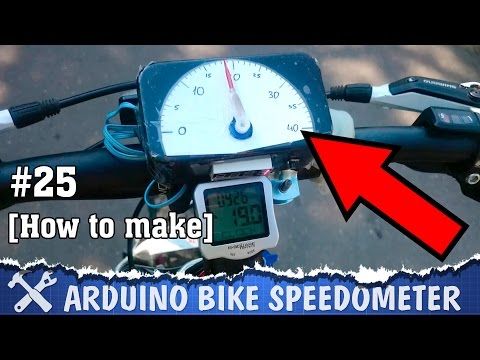
Any trusted mechanic should be able to estimate the mileage of a vehicle before you purchase it. This extra expense is valuable to make sure that you don’t buy a lemon and to ensure you never need to correct the mileage on a car title.
Source
Odometer tampering is illegal. It is against federal law to tamper with a car’s odometer, so anyone committing odometer fraud is committing a felony. If you suspect odometer fraud, contact your local DMV to report it right away.
If you encounter a dealership or private party selling a car that’s had its odometer tampered with, consider reporting the situation to the authorities.
Whether you need to correct the mileage on a car title because of a mistake or as a result of odometer tampering, your local DMV will help you move forward. Make sure you correct the title accurately and fill out the appropriate paperwork.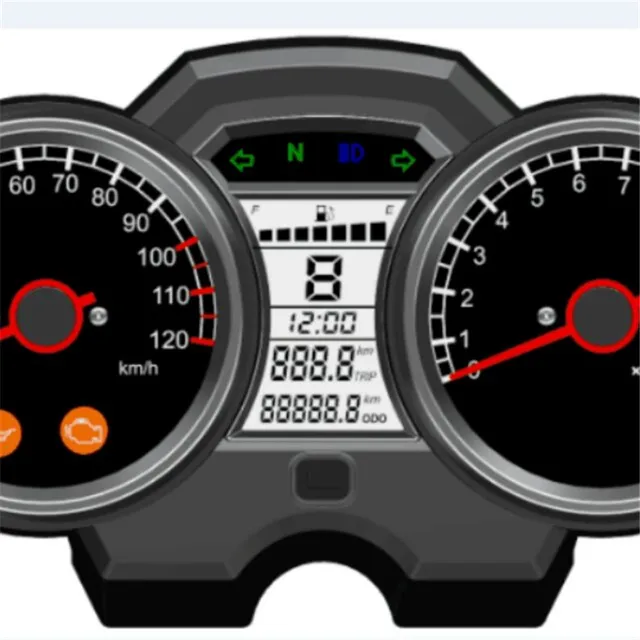 Then, you can get a fixed title and have everything in order in to prepare for when you are ready to sell the car.
Then, you can get a fixed title and have everything in order in to prepare for when you are ready to sell the car.
If you would prefer to skip the hassle, let us do the work for you. We can obtain a new title and registration for cars, motorcycles, and almost anything with wheels. We also offer VIN Checks and Vehicle Accident Reports to help you gather the facts before buying a new car. Click the links to learn more about our services.
We are not attorneys. This article is not legal advice. Cover image source
Tagged: How to Correct the Mileage on a Car Title – Don’t Scratch It Out!
adv.rbc.ru
adv.rbc.ru
adv.rbc.ru
Autonews
TV channel
Pro
Investments nine0003
activity
+
New economy
Trends
Real estate
Sport
Style
National projects
Town
Crypto
Debating Club
Research
Credit ratings
Franchises
Newspaper
Special projects St.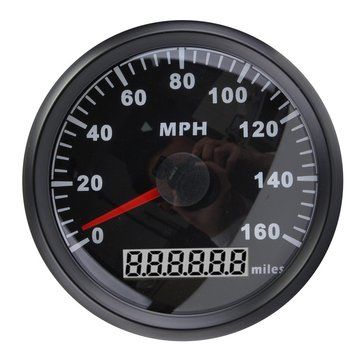 Petersburg
Petersburg
Conferences St. Petersburg
Special projects nine0003
Checking counterparties
Library
Podcasts
ESG index
Politics
Economy
Business
Technology and media
Finance nine0003
RBC CompanyRBC Life
Improving the quality of life of citizens 20idei.ru
adv.rbc.ru
Photo: Autonews.ru
adv.rbc.ru
See also
Odometer readings are especially important for those who buy and sell used cars.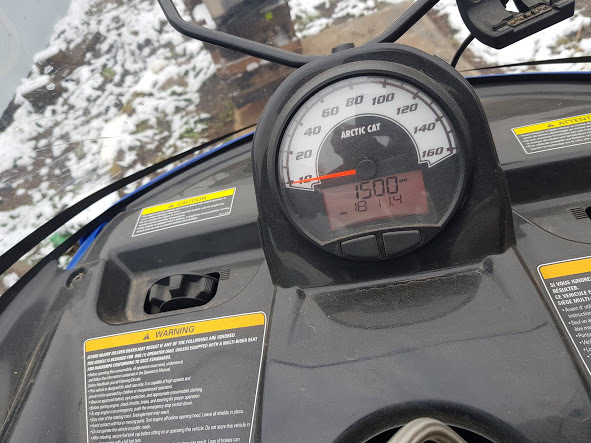 In this case, the numbers on the meter directly affect the cost of the vehicle. Fraudsters may try to spoof odometer readings, but they can almost always be caught. We explain how. nine0003
In this case, the numbers on the meter directly affect the cost of the vehicle. Fraudsters may try to spoof odometer readings, but they can almost always be caught. We explain how. nine0003
adv.rbc.ru
An odometer is a device that shows the mileage of a vehicle. Its principle of operation is based on counting the revolutions made by the wheels.
Why know the mileage of a car? This information can be used to calculate fuel consumption (resetting the odometer before driving) or to schedule replacement parts or maintenance. nine0003
However, it is not easy to "zero" the total mileage of the car, especially on modern models. Thanks to this feature, the counter helps to determine how intensively the previous owner used the vehicle, and draw conclusions about the degree of wear of parts.
A speedometer records the speed of a car in real time, and is usually measured in km/h. The odometer, on the other hand, calculates the distance traveled in kilometers (on American and British cars - in miles). nine0003
The odometer, on the other hand, calculates the distance traveled in kilometers (on American and British cars - in miles). nine0003
This type of meters appeared earlier than the others (in the 1910s) and, confirming its name, it consists only of mechanical parts: a gear in a gearbox, a flexible cable and a counter. On the dashboard, data is usually displayed in the form of spinning drums with numbers.
An important advantage of these odometers is that they are easy to use and reliable. However, the accuracy of the readings of such meters leaves much to be desired and can give a serious error in the calculations if, for example, the size of the wheels changes. In addition, fraudsters can easily change the readings of such a device. nine0003
Photo: Shutterstock
The first samples of such devices appeared in cars in the 1970s. This "intermediate" option also receives data from the measuring gears and cable, but the result is already displayed on the LCD screen.
Electromechanical odometers are more accurate than mechanical gauges, but inferior to digital ones. In addition, they are also easy to "twist".
The first electronic odometers appeared in the 1990s. There are no mechanical elements in them, only sensors, which also store data in memory. These are the most accurate and reliable meters, and their readings are the most difficult to fake. nine0003
Unscrupulous sellers of a used car can try to deceive the buyer and “correct” the meter data. Alas, in Russia, fraudsters do not even face a fine for “twisting” the mileage.
The easiest way to “twist” the mileage on a mechanical odometer is to twist the cable. However, scams are easy to spot. At the inspection hole, carefully examine the junction of the cable with the gear. If the elements of the odometer are dirty, everything is in order, but if the junction of the parts is cleaner, the device was twisted. nine0003
nine0003
With a semi-electronic device, the situation is also simple. As a rule, scammers open the case of the meter itself in order to set the desired readings.
Photo: Shutterstock
Electronic speedometer readings can also be corrected, but not every scammer will be able to carry out such an operation. In addition to knowledge, special equipment is required.
It is also difficult to detect such fraud, so you should not rely only on the odometer readings. The technical condition of other parts can indicate the current degree of wear of a car. nine0003
adv.rbc.ru
adv.rbc.ru
What is the difference between an odometer and a speedometer
Specialists of Avangard Auto today will understand such a rare but important element of any car as an odometer. Many do not pay attention to this thing, and someone does not even know what it is. Let's take a closer look, then it will become clear - why the odometer in the car is needed and, moreover, serviceable. Odometer readings are especially important for those who buy and sell used cars. In this case, the numbers on the meter directly affect the cost of the vehicle. Fraudsters may try to spoof odometer readings, but they can almost always be caught. We explain how. nine0003
Many do not pay attention to this thing, and someone does not even know what it is. Let's take a closer look, then it will become clear - why the odometer in the car is needed and, moreover, serviceable. Odometer readings are especially important for those who buy and sell used cars. In this case, the numbers on the meter directly affect the cost of the vehicle. Fraudsters may try to spoof odometer readings, but they can almost always be caught. We explain how. nine0003
An odometer is a device that shows the mileage of a vehicle. Its principle of operation is based on counting the revolutions made by the wheels. Why know the mileage of a car? This information can be used to calculate fuel consumption (resetting the odometer before driving) or to schedule replacement parts or maintenance. However, it is not easy to “zero out” the total mileage of the car, especially on modern models. Thanks to this feature, the counter helps to determine how intensively the previous owner used the vehicle, and draw conclusions about the degree of wear of parts. nine0003
nine0003
The speedometer captures the speed of the car in real time, its readings are usually measured in km / h. The odometer also calculates the distance traveled in kilometers (on American and British cars - in miles).
This type of counter appeared earlier than the others (in the 1910s) and, confirming its name, it consists only of mechanical parts: a gear in a gearbox, a flexible cable and a counter. On the dashboard, data is usually displayed in the form of spinning drums with numbers. An important plus of such odometers: they are easy to use, they are reliable. However, the accuracy of the readings of such meters leaves much to be desired and can give a serious error in the calculations if, for example, the size of the wheels changes. In addition, fraudsters can easily change the readings of such a device. Electromechanical The first samples of such devices appeared in cars in 1970s This "intermediate" option also receives data from the measuring gears and cable, but the result is already displayed on the LCD screen. Electromechanical odometers are more accurate than mechanical instruments, but inferior to digital ones. In addition, they are also easy to "twist".
Electromechanical odometers are more accurate than mechanical instruments, but inferior to digital ones. In addition, they are also easy to "twist".
The first electronic odometers appeared in the 1990s. There are no mechanical elements in them, only sensors, which also store data in memory. These are the most accurate and reliable counters, and their readings are the most difficult to fake. nine0003
Unscrupulous sellers of a used car may try to deceive the buyer and “correct” the meter data. Alas, in Russia, fraudsters do not even face a fine for “twisting” the mileage.
The easiest way to “twist” the mileage on a mechanical odometer is to twist the cable. However, scams are easy to spot. At the inspection hole, carefully examine the junction of the cable with the gear. If the elements of the odometer are dirty, everything is in order, but if the junction of the parts is cleaner, the device was twisted.